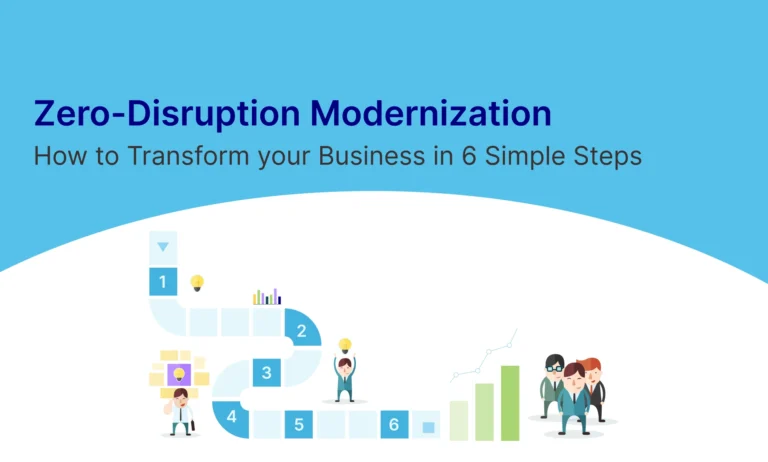Table of Contents
How to Successfully Integrate Market Analysis into Product Development Strategy
Ignoring consumer needs can ultimately lead to business failure. Even with a solid idea, not analyzing metrics can cause products to flop.
This is where product development comes in —a process with layers, each with its activities and goals.
And, it all starts with market analysis.
Market analysis impacts more than 50% of crucial business decisions. 76% of companies experience significant improvements in both business performance and customer satisfaction after implementing marketing analytics.
Why Market Analysis is Important
Market analysis drives successful product development strategies. It offers golden insights into consumer preferences, market dynamics, and the competitive market landscape – all vital for improving user experience.
Let’s delve into how market analysis shapes effective product development strategies and its role:
- Understanding market needs and trends: Companies can develop products that meet customers’ evolving needs by clearly understanding factors like consumer preferences and market trends. This also guides legacy modernisation efforts, ensuring that updates align with market demands and technological advancements.
- Identifying opportunities for innovation: Market analysis helps pinpoint gaps in the market where innovation can drive competitive advantage. Companies can uncover opportunities to introduce new features, functionalities, and product lines by analyzing market data and customer feedback. This insight guides not only the process of product development but also legacy modernisation efforts, enabling companies to keep pace with market changes.
- Prioritizing development efforts: Market analysis helps prioritize product development initiatives based on market demand and potential impact. Companies can allocate resources effectively by understanding which features or improvements resonate most with customers. Similarly, market analysis informs legacy modernisation efforts by identifying areas where updates will have the most significant impact on customer satisfaction and competitive positioning most.
- Optimizing user experience: Market analysis provides insights into user preferences and behaviors. This ultimately steers product development toward success by ensuring the user experience design is intuitive, user-friendly, and engaging. Speaking of improving user experience, it permeates into legacy modernisation as well. Market analysis coupled with legacy modernisation can also improve usability, performance, and overall customer satisfaction.
- Aligning with business goals: Market analysis ensures product development strategies and legacy modernisation efforts align with broader business objectives. By understanding market dynamics and customer needs, companies can focus on initiatives that drive market expansion, client retention, and revenue growth.
| Improve User Experience, Streamline Operations, and Drive Growth With Our Cutting-Edge Solutions. <Check out our services today!> |
Key Components of Marketing Analysis
Understanding the market is critical to making smart business decisions. Whether developing new products or improving existing ones, knowing your audience is crucial. This understanding is even more vital for application modernisation.
Here are the key components you should keep in mind:
Target Market Analysis
This involves figuring out who your ideal customer is by understanding their demographics, interests, and needs. . For example, if you’re making a fitness app, you might target young adults who like working out at home or busy professionals looking for quick exercise sessions.
Competitor Analysis
By keeping a pulse on your competitors, you can see what they’re doing well and identify areas for improvement in your own product or service. For example, if you’re launching a new fitness app, seeing what features other apps offer (or lack) can help you differentiate yours.
Customer Needs Assessment
Understanding customer preferences is vital for success. You can gather feedback through surveys, online reviews, or directly interacting with potential users. For instance, knowing what features frustrate users in existing fitness apps can help you prioritize improvements on your own.
How Brands Are Using Market Analysis
Before delving into what the future has in store, let’s look at a few real-life instances of how brands are using market analysis. Regardless of the industry, these will help you better understand what market analysis can do for your business.
McDonald’s Competitor Analysis
McDonald’s is always ahead of the fast-food business game because it closely monitors its competitors, Burger King and Wendy’s.
For example, when Burger King introduced its “Impossible Whopper,” McDonald’s leveraged this trend and drove it toward plant-based options, coming up with its take on plant-based burger offerings.
This proactive approach helps McDonald’s stay ahead in a competitive market and attract more customers.
Starbucks’ Customer Needs Assessment
Starbucks has been at the forefront of the coffee industry by understanding what its customers want. Before introducing new drinks or menu expansions, Starbucks gathers feedback through surveys and listens to customer input.
For instance, when adding almond milk to the menu, Starbucks ensured it aligned with customer preferences for non-dairy options.
The Future of User Experience: Powered by Market Analysis
Market analysis is the cornerstone of successful product development. By providing invaluable insights into customer preferences, market dynamics, and the competitive landscape, market analysis empowers businesses to create products that truly resonate with their target audience.
Imagine a world where products seamlessly integrate into users’ lives, anticipating their needs and delivering exceptional experiences. This future is fueled by the power of market analysis.
We at Byteride understand the critical role market analysis plays in product development success. We offer a comprehensive suite of market analysis services to help you gain a deeper understanding of your target market and the competitive landscape.
| Empower your product development journey with data-driven insights. Explore Byteridge’s Product Studio. |







